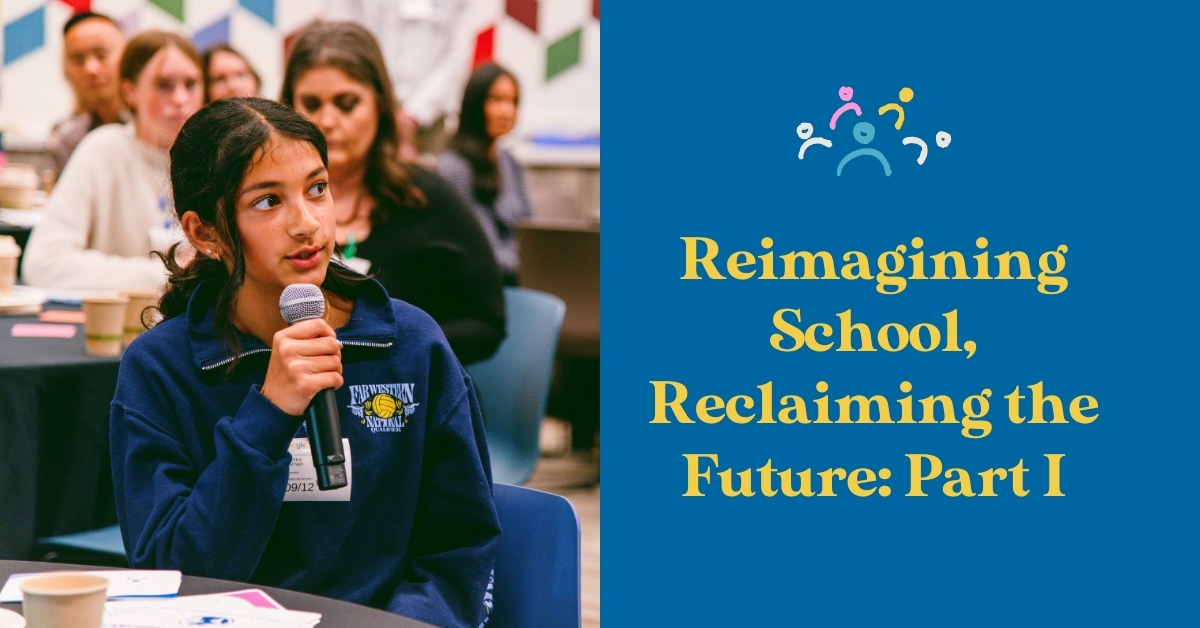What Today’s Students Know That We’re Ignoring
By Hamse Warfa, CEO of World Savvy
We are living through a profound moment of reckoning in education.
Across the country, young people are showing up to school, but many are no longer showing up to learn. Nearly three-quarters of third graders say they enjoy school. By 10th grade, that drops to just one in four. This isn’t just about adolescence—it’s a widespread disengagement that cuts across geography, school type, and income level. And the consequences today are more serious than ever.
We’re asking students to navigate a world shaped by generative AI, climate change, global conflict, and disinformation—yet many say their education feels disconnected from all of it. When they look at what’s happening in the world and then at what’s happening in school, the gap isn’t just wide—it’s a chasm. They’re not apathetic. They’re paying attention. And they know the world requires creativity, collaboration and bold thinking—skills they don’t always see nurtured in their classrooms.
This is happening as our national education landscape grows more unstable. With calls to dismantle the Department of Education and threats to funding that supports our most vulnerable students—those with learning differences from rural areas and low-income communities—we face real uncertainty about the federal role in delivering equitable education.
At World Savvy, we believe this moment is a call to action. Disengagement isn’t inevitable. It’s a symptom of a system that hasn’t kept pace with the world around it. But if the problem is systemic, the solution can be too. We need to design learning environments that reflect students’ lives and the world they’ll inherit—because education should prepare young people not just for work but for life in a diverse, dynamic democracy.
As a father of two teenagers in the Prior Lake-Savage School District—one entering her senior year and the other close behind—I see these challenges up close. Like any parent, I want my kids to build lives of purpose and to find work that’s meaningful not just for them but for the world around them. My father used to pray that his children would grow up to be useful to society. I carry that wish forward every day—for my own kids and for every student I have the privilege to serve.
That’s why this work matters so much to me, personally and professionally. Last fall, Prior Lake-Savage partnered with World Savvy to host a Changemaker Hub, where more than 100 students and 35 educators, leaders, and community members gathered to explore a powerful question: What would it take to make school a place where every student thrives?
The answers were honest and refreshingly clear.
Students talked about the need for collaboration—not just in projects but in shaping their education. They wanted learning that felt relevant, classrooms that honored different ways of thinking, and schools where failure wasn’t punished but used as a way to grow. They imagined new approaches: mental health classes, career-focused electives, experiments with teaching methods, more choice, and more voice.
What gave me hope wasn’t just what students shared—but how the district responded. Prior Lake-Savage is shifting the power dynamic, inviting students and families into the process of defining success and reimagining the path to get there. They’re not just listening—they’re acting.
As a parent and an education leader, I see this as a model worth emulating. When we stop designing school for students and start building it with them, everything changes. We make learning more engaging. More inclusive. More human.
Coming up in Part II: What a new way of doing school looks like in action—and how it’s already happening across the country.
